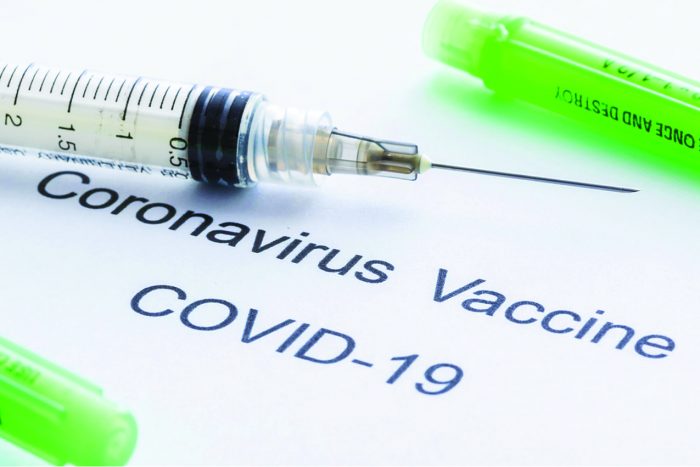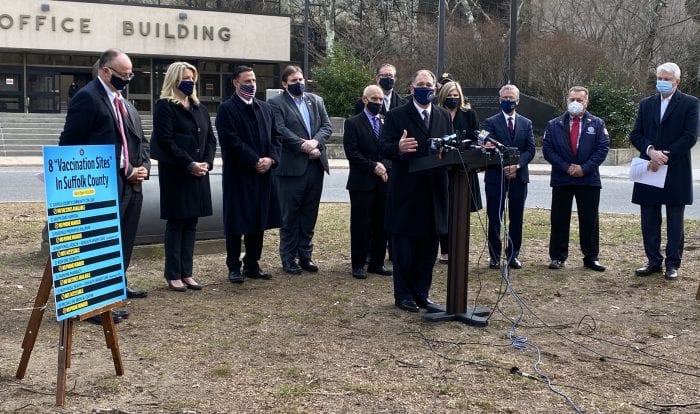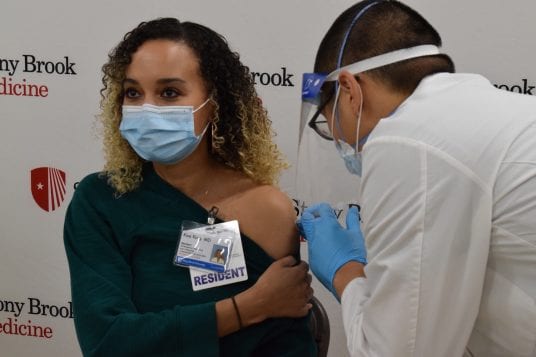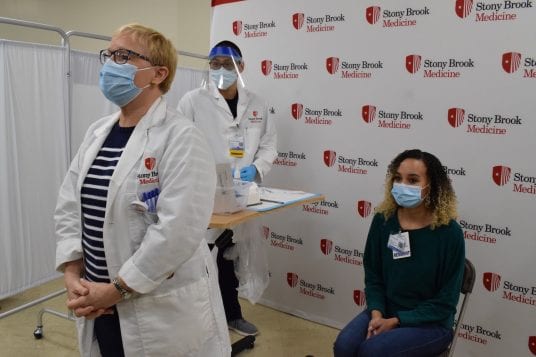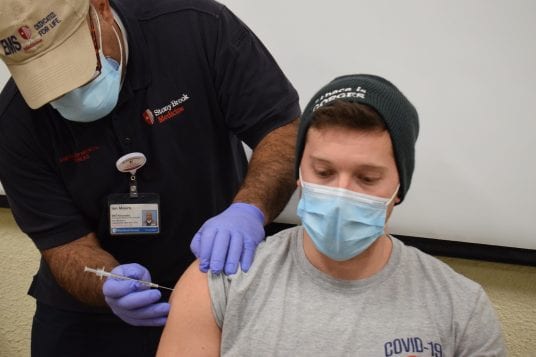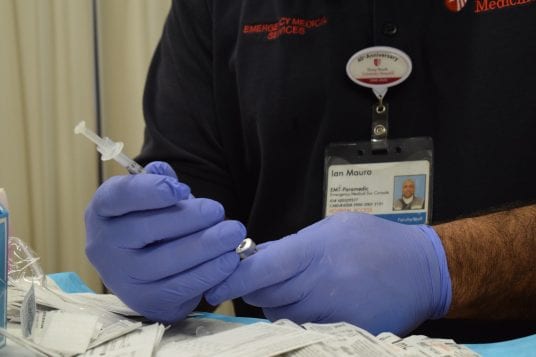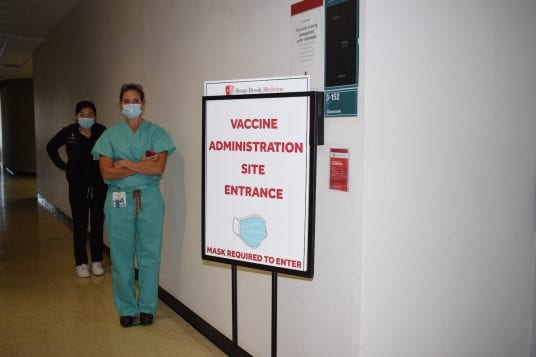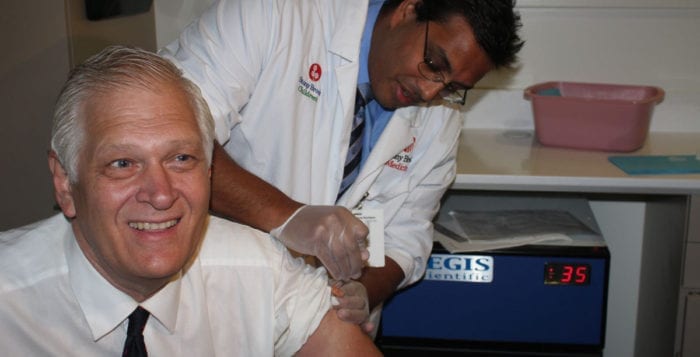By Leah Chiappino
The COVID-19 rollout in New York state has brought hope to residents, after nearly a year of shuttered businesses, isolation and general fear for their own health and safety. For many, hope turned to frustration as they attempted to navigate the New York State signup website, phone hotline or even a simple Google search to find other options.

Even as a 20-year-old digital native, attempting to navigate the world of vaccine signups was difficult to put it mildly, and infuriating to put it bluntly. Through my part-time work at a law firm, I began trying to book appointments for elderly clients at the end of January. I was able to secure a few appointments by luck, as I happened to look on the state-run site at exactly the right time to see open appointments. Of course, the website crashed, but I notified clients, friends and family to call the hotline.
From there, securing an appointment seemed to become more difficult, even as more locations opened up. Getting an appointment seems to be a combination of pure luck, persistence and patience.
Distributing a vaccine to combat a pandemic is an extraordinary feat. It is unrealistic to expect the process not to have any roadblocks. However, the system seems to lack basic necessities to account for the inconveniences encountered by those trying to make vaccine appointments.
The average New Yorker does not have 12 hours to sit at a computer in a virtual wait line, only for the computer to crash when they finally get an opening.
My 89-year-old grandfather cannot figure out how to merge a call to give the operator consent for me to make an appointment. Someone in their 90s cannot figure out what to do when the website crashes. There’s also no real database that shows every single possible vaccination site, pharmacy or other center that allows people to get an appointment — at least in Suffolk County.
Seniors, essential workers and vulnerable populations deserve better.
Through my failures and successes in trying to get the vaccine appointments, I have acquired a few tips and tricks, as well as answers to commonly asked questions.
1. Community is a great resource for finding out the latest information, unavailability, hearing tips from other people who made an appointment successfully and guiding others through the process. The Long Island COVID-19 Vaccination Information Facebook group posts multiple times a day and offers direct links to state-run distribution sites, as well as consistent posts and guidance as to when appointments open.
2. Pharmacies will only vaccinate, pursuant to New York State executive order, those 65 and older and exclude essential workers and those with comorbidities. Appointments can be made online at Rite Aid, Walgreens, CVS and Stop & Shop. In my own experience, appointments tend to open up on these sites after midnight.
3. Another helpful tool is the TurboVax website — an A1 site that automatically posts appointments on social media when appointments are available. Most of the appointments are New York City vaccine sites, which usually require patients to live or work there in order to receive the vaccine, and have stipulations as to what category of eligibility they can vaccinate (essential workers, seniors or those with comorbidities). However, Long Islanders can make appointments at state-run vaccination sites, which also appear on TurboVax.
4. Those with comorbidities need to bring a doctor’s letter, medical documentation showing their comorbidity or a signed certification to their appointment. Those with comorbidities can be vaccinated at state-run mass vaccination sites, as well as through local department of health sites. Local departments of health can determine how the supply is distributed to area sites.
5. It is essential to be persistent. Sometimes, you call the hotline and the operator will not look more than 50 miles from your home zip code, or will say that appointments are unavailable when they are showing on the website. There is some lag between the site and the hotline, so always be sure to double check. In general, however, hotline workers are kind, informed and helpful. Any frustrating guidance, they tell you, comes from the state and general lack of supply. They are doing their best, so be kind. It usually helps.
Leah Chiappino is a 20-year-old contributing writer with TBR News Media. Currently a junior at Hofstra University, she is a political science and journalism double major. She is a resident of Smithtown.


